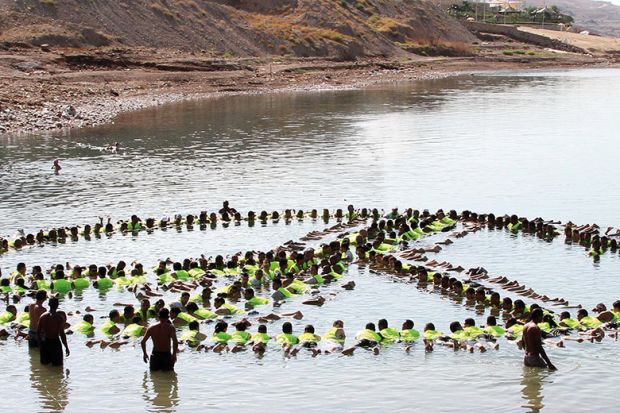The road to peace is like a maze, suggested Norberto Bobbio, the Italian political scientist. After many long wanderings and tortuous detours in the long history of warfare, the wayfarers in the maze have reached a fork. One road leads to the abyss, from which there is no return; the other to the way out. Bobbio was pessimistic that the right road would be chosen.
Alex Bellamy suggests a way out. He makes the best-sustained argument for world peace since Immanuel Kant’s Perpetual Peace (1795). He even borrows from Kant’s structure in his final chapter, setting out six preliminary arguments, three definitive articles and one imperative article for world peace in our time.
Here Bellamy argues, with Kant, that world peace is not “an empty idea but a task that, gradually solved, comes steadily closer to its goal”. Whatever was once achieved through war can be better achieved now through peace. States have largely developed the art of managing interstate relations without war. Wars are getting costlier to fight and more difficult to win. The long-term trends are towards more peaceful relations, as societies gradually develop ways to manage their internal affairs without violent conflict, and more of them organise their external affairs through security communities.
Human beings are not hard-wired for war: warfare developed 12,000 years ago, after 120,000 years of human evolution. It is our social arrangements that force us into war, and these are changeable. War, as Bellamy points out, has been “forced into decline by international law, collective action, functional interdependence, trade and human rights”. Nonetheless, it persists, because sufficient people believe it is necessary to resolve group differences, because some people gain from it, and because it is contagious. In order to further restrain it, Bellamy sees the need for a three-pronged attack on war, at the level of states, the international community and the individual.
States are the key war-making and peace-making institution. Reforming the state is the first task for world peace. This puts the premium on citizens holding their states to account and establishing inclusive societies with access to justice and sustainable development. States require a monopoly of legitimate violence, accountability to their citizens, maintenance of human rights and gender equality in order to fulfil their role as peacemakers.
Internationally, states need to reflect our plural identities, implement international law and develop security communities, which instil the principles of community beyond state boundaries. These need to be accompanied by dense networks of transnational cooperation and a rich bed of institutions to lay the basis for trust.
The individual commitment of citizens is needed to underpin all this, and to organise and mobilise for peace. As Bellamy puts it, “We all have a role to play in building the minor utopias in our own times and places that contribute to greater peacefulness.”
Realists will reject the argument on the ground that the great powers are still far from implementing international law, and war remains a necessary last resort. Radicals will regret the exclusion of structural violence from the author’s definition of peace as civil order. Nevertheless, Bellamy has done us all a service, by providing a workable map of one way out of Bobbio’s maze.
Hugh Miall is emeritus professor of international relations at the University of Kent, and chair of the Conflict Research Society.
World Peace (And How We Can Achieve It)
By Alex J. Bellamy
Oxford University Press
288pp, £20.00
ISBN 9780198833529
Published 12 September 2019

